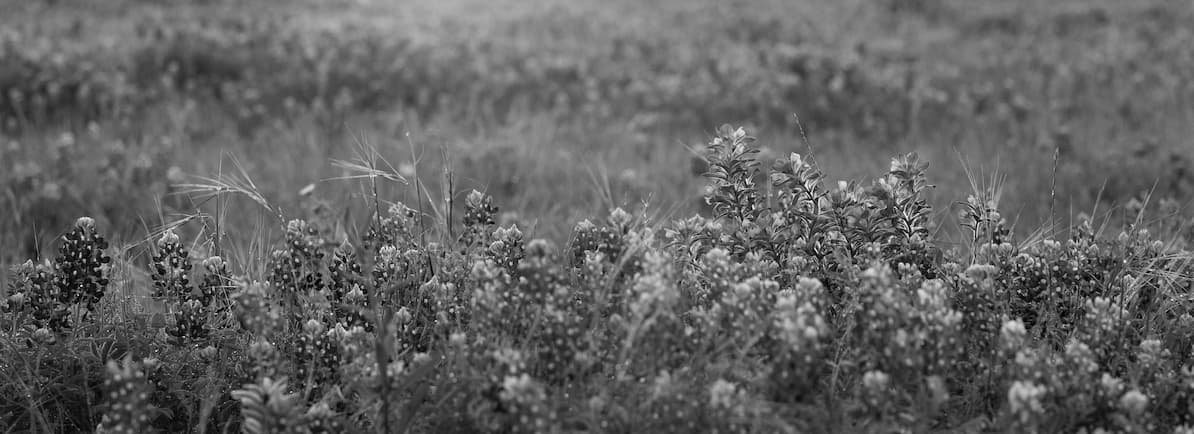Pets
We offer educational resources and helpful information on pets, primarily helping Texans with pet safety best practices and planning for pets in any disaster or emergency planning.
Related Department: Animal Science

Related Topics
Texas A&M Veterinary Medical Diagnostic Laboratory
The Texas Veterinary Medical Diagnostic Laboratory, TVMDL, includes four diagnostic laboratories serving veterinarians, livestock producers and government agencies.

Learn About
Pets
Publications
Programs
Courses
All Resources on Pets
- Course
This course is the first of four sections of the full Veterinary Science: Independent Study Curriculum. It contains the first 6 chapters.
- Publication
This booklet contains the answers to the questions for the lessons in “Veterinary Science: Preparatory Training for the Veterinary Assistant”.
- Course
**This course will no longer accept student access or sections effective December 1, 2023.
This course is designed for teachers, leaders, and parents to assist student learning for the Veterinary Science Certificate Program. - Publication
This booklet contains the goals and objectives for the lessons in the book, Veterinary Science: Preparatory Training for the Veterinary Assistant.
- Course
This course is designed for independent student learning and administered by VSCP Program Staff. Students enroll and complete 100 lesson modules at their own pace.
- Publication
This publication gives students and teachers a comprehensive introduction into the field of One Health, a discipline that integrates human, animal, and environmental health.
- Publication
This booklet contains the answers to the lesson questions in Laboratory Science & Technology.
- Publication
This publication contains the answers to the questions in “One Health Science and Technology”.
- Publication
A supplement to Veterinary Science: Preparatory Training for the Veterinary Assistant, this book will introduce students to the exciting field of laboratory science and technology.
- Course
This course is designed for teachers to assist student learning for the Veterinary Science Certificate Program. This learning management system includes all 100 lessons found in Veterinary Science: Preparatory Training for the Veterinary Assistant.
